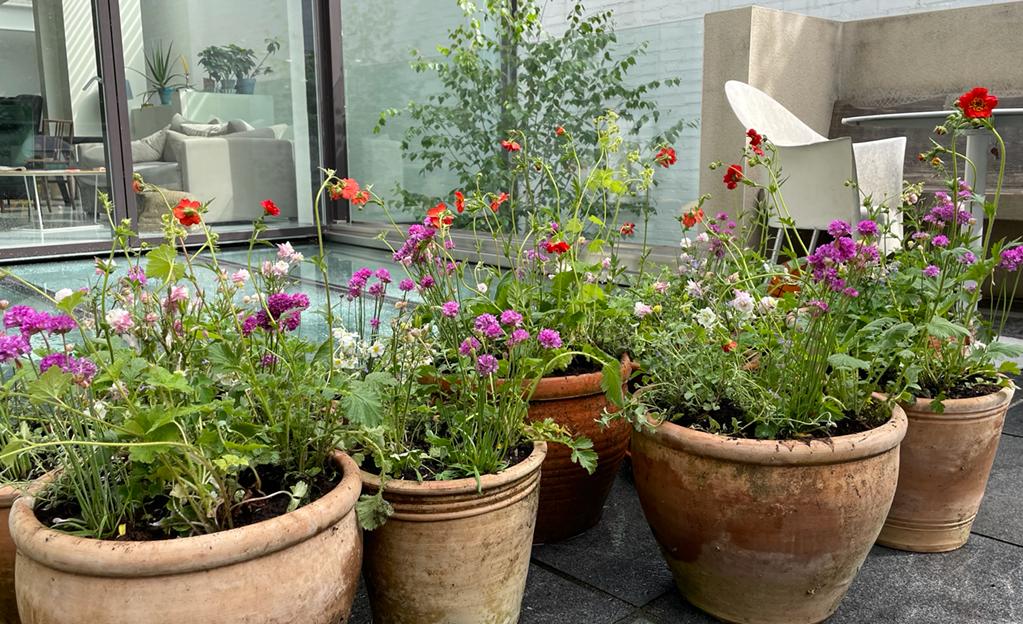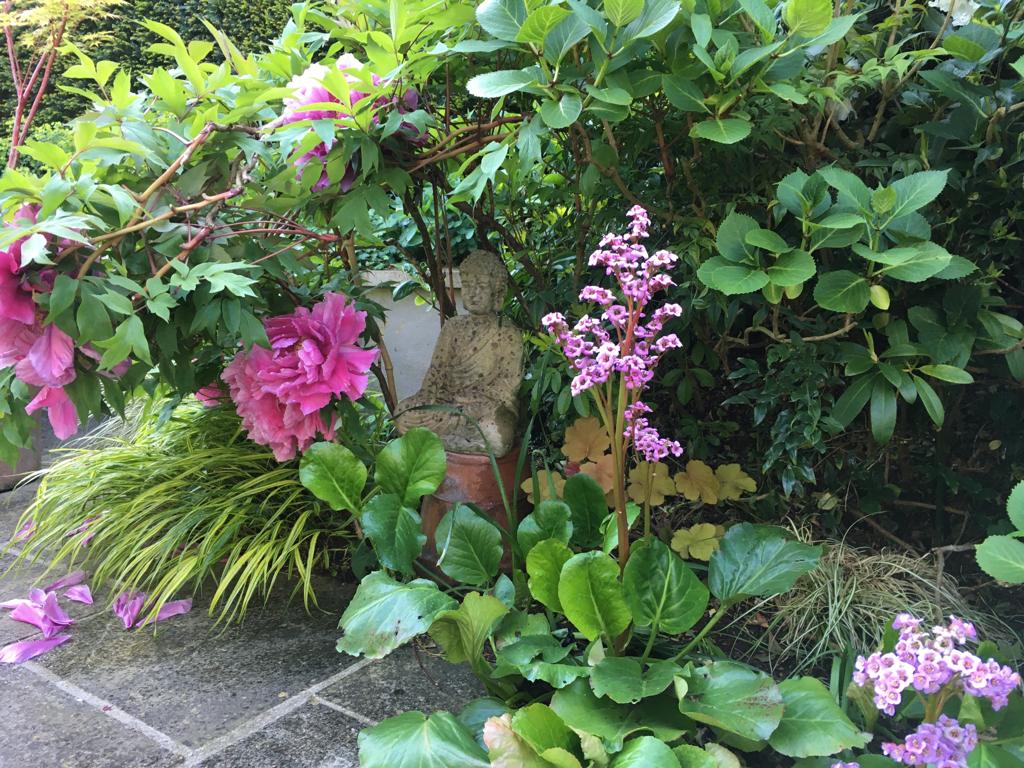Planting for a sustainable garden
In the last few years, our society has been increasingly focusing on sustainability and that can only be a good thing.
However, when thinking about sustainability, gardening is hardly mentioned. And even when it is taken into account, the focus tends to be on power tools and gas-powered vs electric.
But a really important step on a path toward sustainable gardening is planting and how it can be a drain not only on your wallet but also on the environment. Specifically, those colourful annuals that many people love can really steer your efforts away from a truly sustainable garden.
So what is a possible solution to avoiding planting annuals twice a year? Well, the obvious answer is to increase the number of perennials in your garden. But let’s look at the issue in more detail.

Planting annuals and the problem with sustainability
First of all, let’s have a look at how avoiding planting annuals can benefit you and your household. For something to be sustainable, it must also be cost-effective and annuals can considerably increase your gardening costs.
The time and cost necessary for planting and ripping seasonal plants are high and even led to the practice being outlawed in parks during the eighties. Therefore swapping annuals for perennials can be one of the easiest ways to cut costs and maintenance time for your garden.
Another annoying and unsustainable aspect of planting annuals is the extensive and almost unavoidable use of plastic. The use of plastic pots and packaging by the gardening industry is still an issue and by avoiding planting twice a year you are positively contributing to its reduction with clear benefits to the environment.
Last but now least, annuals need a lot of water. Ensuring your newly planted flowers look at their best requires enormous amounts of water that are not sustainable, especially through droughts. People living in hot climates or areas susceptible to low rainfall should consider planting drought-tolerant perennials.
Annuals, however, don’t have to totally disappear from your garden, but rather be used more consciously. Choosing self-seeding annuals that don’t require huge amounts of water and come in compostable, biodegradable pots can already make a big difference to the environment. Additionally, using them sparingly to add accents of colour to your perennials is probably one of the easiest ways towards a more sustainable and cost-effective garden.

Perennials as a sustainable solution
Perennial plants not only can look great in your garden, but they also offer a solution to help you save the environment, time and money. Perennials by definition are only planted once and can last you a lifetime. On top of it, most of them also require less maintenance, often only once a year, and generally need far less water.
Planting trees is also something many people would want to consider. Apart from the nice summer shade they provide, they are great at capturing carbon from the air. And if you think your garden is too small, you’ll be glad to know that trees come in all sizes and can fit even in small spots. Reducing your lawn area by planting shrubs is also a fantastic way to capture carbon and save water, even more so if you choose drought-tolerant shrubs.
Another way to improve the sustainability of your garden is by using hedges in place of fences and walls. Not only you’ll be reducing the amount of carbon emitted while manufacturing fences and wall building materials, but thanks to an evergreen hedge you’ll also be capturing it from the atmosphere all year round.
An added benefit to the environment is that perennial plants in general, due to their longevity, tend to attract wildlife and create suitable habitats for animals and insects, including safe spots for nesting.
But how do you choose the right plants for a sustainable garden? Well, part of the answer is to choose plants that are not too susceptible to insects or illnesses common in your neighbourhood. They should also have water requirements that are suitable to your area. If you live in a low rainfall zone, then going for drought-tolerant plants is the obvious way forward. The other important aspect to consider is the soil type and exposure to sunlight of the spot you want the plant to go. Choosing a plant that naturally flourishes in that particular environment is the key to low maintenance and low resource consumption and increased sustainability. Following these simple criteria will make you save on pesticides, fertilisers, water and money. Therefore, a careful survey of your garden site should be made prior to choosing your plants.
E-gardens can help you plan and choose the best plants for your garden so that not only it will look great all year round, but it will also be sustainable for your wallet and the environment. For a survey and a quote, get in contact now.


